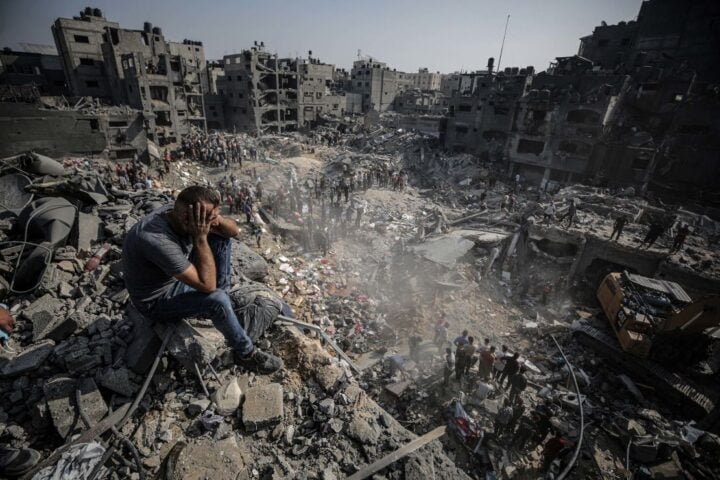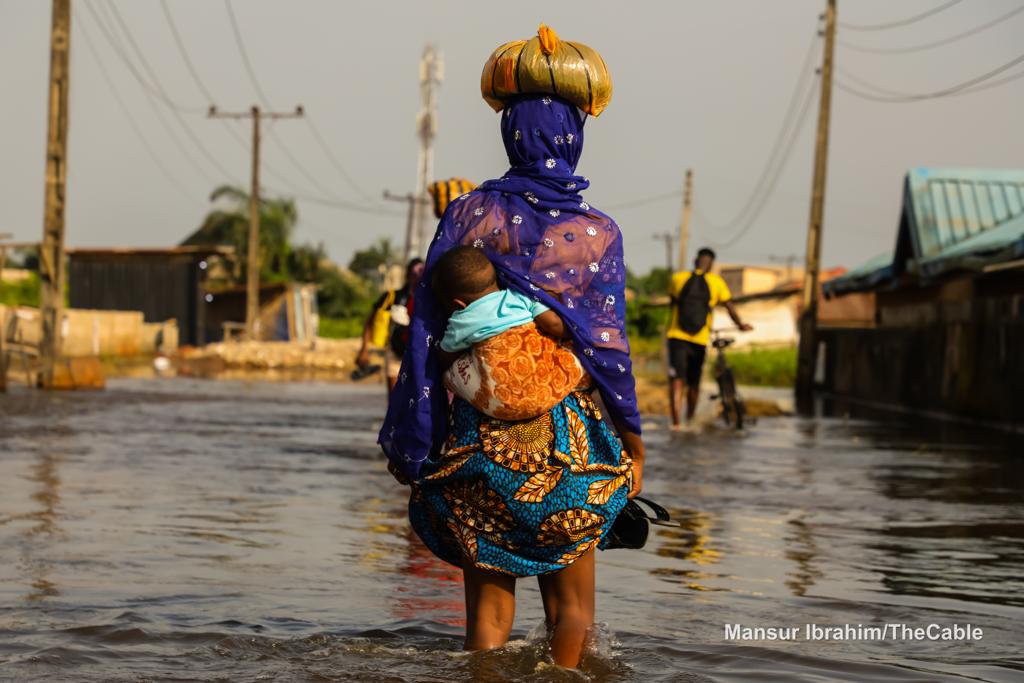BY ATEF FAWAZ
In the last two decades, more than 1.3 million people and nearly two trillion dollars have been lost to disasters caused by natural hazards, a United Nations Development Program (UNDP) data reveals. These disasters tend to come with varying degrees of devastation and impacts while in many other cases, affected locations tend to battle with especially public health emergencies during and after such disasters.
While these disasters are largely natural, the escalation of wars in different parts of the world causes both humanitarian and environmental depredation with potential public health exigency. For instance, since its commencement in February 2022, the World Health Organisation revealed that about 7 million individuals have been displaced within Ukraine and another 7.5 million refugees have been displaced across Europe with over 6000 deaths. Meanwhile, in the first 2 weeks, the Palestine-Israeli war has registered over 3000 deaths with many more wounded and displaced.
Thus there are major concerns that the ongoing crisis in the region is not just an international relations crisis but also a public health crisis that can result in long-term consequences. With the few available hospitals overcrowded, overwhelmed and reaching breaking point while corpses litter the streets, medical experts are concerned about the potential outbreak of infectious diseases especially in Gaza. Beyond little or no access to good food and water, victims of the ongoing crises risk mental health disorders like depression, and anxiety, amongst others. Even in the cause of seeking succour, displaced persons are largely exposed to health risks which could degenerate into pandemics both now and in the future.
Advertisement
For instance, Dr. Jack Tsai, a professor and regional dean at UTHealth Houston School of Public Health in San Antonio is worried that people who are forcibly displaced are at greater risk of communicable diseases such as COVID-19 and measles, which could lead to an outbreak. Also, the impact of deadly weapons like rockets, and gravity bombs, amongst others could escalate the potential of future disasters from floods, and earthquakes to public health crises like pandemics and other outbreaks.
At the moment, immediate medical attention for the victims of war remains a priority, these nations could be preparing for an impending public health emergency in the near future. With hospitals vulnerable to attacks and healthcare workers losing their lives in the process, the diminishing healthcare facilities and personnel will no doubt contribute to an impending health emergency both during and aftermath of the conflict. It’s more worrisome that these crises have the potential to spill over to neighbouring countries and allies to affected nations as a result of mass migration.
This no doubt underscores the importance of developing robust Digital health intervention strategies to complement existing structures for a more improved response to a potential public health emergency and response.
Advertisement
One important global best practice is the operationalisation of Emergency Operation Centers (EOC) which provides a platform for response teams to collect, analyze, prioritise, monitor, and disseminate information about health crises or disasters. This goes a long way in providing access to information to stakeholders to ensure timely and effective decisions to ensure effective response to health emergencies. Just last year, the WHO inaugurated its first EOC in Gaza as part of efforts to improve emergency response amidst incessant conflict and health emergencies like the COVID-19 pandemic.
Thus this is an opportunity to identify digital innovations and creative strategies to respond to impending health emergencies in the region. Experts have suggested that Digital Health solutions can facilitate the integration of health data to monitor impacts, and potentially predict impacts on health, and also serve as decision support tools to provide alerts for potential related disasters.
For instance, the Center for Strategic and International Studies in one of its briefs on Disaster Risk Reduction through Digital Transformation revealed that, using data from Twitter feeds or even from satellite imagery has helped map the spread of disasters, especially with pandemics. Similarly, it was said that social media platforms played an important role in identifying and discussing symptoms of COVID-19 even before it became a pandemic. The online conversations no doubt helped medical experts to determine the origin of the virus and its eventual spread.
Also, applications like Geographic Information System; an important analytical mapping technology, help build early warning systems in a bid to understand where potential hazards are located, how many people are affected and what response is needed. With the deep modelling capabilities of GIS, public health leaders and governments in developing nations or vulnerable locations have a huge opportunity to build a predictive and estimation data repertoire, which can lead to more efficiently targeted emergency preparedness and recovery strategies.
Advertisement
There is also a need to develop emergency communications applications in a bid to reach out to a large public about emergency response efforts. Through this kind of mobile application, users can receive weather reports, locate emergency shelters and even register for disaster aid. The app offers tips for handling over 20 types of emergency situations and disasters.
An example is the First Aid Disaster Readiness App developed by the American Red Cross which provides health instructions in situations where victims cannot access the hospital immediately. The app has consistently helped to control bleeding, treat a broken bone, and perform Cardiopulmonary resuscitation amongst others.
Aside from providing support on first aid for allergies, asthma attacks, burns, choking, distress, heat strokes, stings and bites, the multiple-section application also provides detailed information on preparing for situations like an earthquake, droughts, flooding, landslides, tsunamis, volcanoes, and more.
Developing nations must also learn from the current situation by strongly investing in digital structures, building partnerships across all critical stakeholders and developing a legal framework that meets global standards in a bid to internalize effective digital health strategy.
Advertisement
Atef Fawaz is the executive director of eHealth Africa. He is a complex operations management and ICT expert with experience in humanitarian response and digital health.
Advertisement
Views expressed by contributors are strictly personal and not of TheCable.
Add a comment






